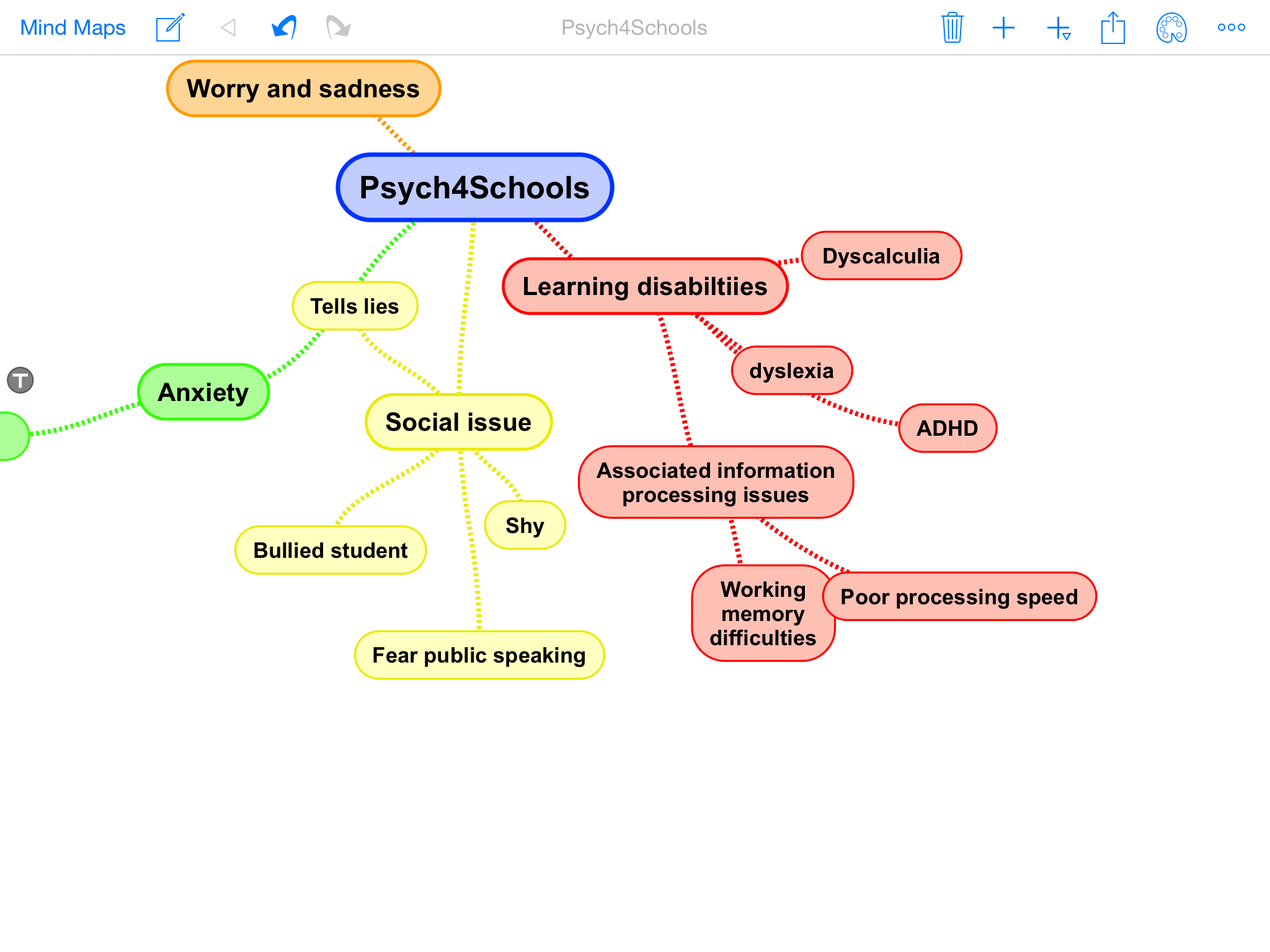
Apps for learning difficulties
July 28, 2014
I recently attended a professional learning seminar with Learning Difficulties Australia (LDA) that focused on apps for students with learning difficulties.
During the presentation a teacher helped set the speech function on my iphone. The directions were simple, ‘Go to settings, general, accessibility, speech selection ‘on’, highlight words.’ Now using the microphone next to the spacebar, I can speak a message rather than type it. Highlighted text can also be converted to speech. The same can be done on an iPad. This function is a great tool for all students, especially those with reading and writing difficulties.
I am still in the beginning stages when it comes to using technologies and those few directions made me feel just that little bit more tech-savvy.
You may wish to explore and get to know some of the apps introduced at the LDA seminar to help provide some of your students with additional support:
1. Explain Everything (Apple: $3.97). This is a multi-media app with a free ‘How to’ booklet. It’s a diverse learning tool suitable for some as young as Year 1. It can assist students with writing and grammar issues in Year 5 to 8, and is currently used with Year 8 students in a Special Developmental School to file photos. A Year 12 student with dyslexia also uses it to complete Year 12 Art.
2. Ginger Page & Grammar Keyboard (Google: Free). The app helps the user to identify incorrectly used words, and has speech to text and self-correction functions. It’s a great way to support ESL/EAL students with writing, grammar, and expanding vocabulary and can translate some 40 languages.
3. Word A Day (Apple: from $0.99) presents an array of interesting words to stimulate and broaden student vocabularies. One of the words that came up on the night was ‘uxorious’ which apparently means having or showing excessive fondness for one’s wife!
4. Simple Mind (Apple: Free-$7.49). Many students will love to use this app to help collect ideas and structure thoughts. It includes mind mapping for iPads and iPhones. It’s a useful tool for students with dyslexia. The Simple Mind website shows a ‘feature matrix’ which highlights its extensive functionality.
The terms learning disability, learning difficulty, learning disorder, specific learning difficulty or specific learning disorder, and learning difference are often used interchangeably yet they describe slightly different conditions.
Want to know more about learning disabilities?
Read the full Psych4Schools Working with children with learning disabilities ebooklet (members only).
Read an excerpt of the learning disabilities booklet here or purchase the ebooklet.
Murray Evely
Guidance Officer and Psych4Schools Psychologist